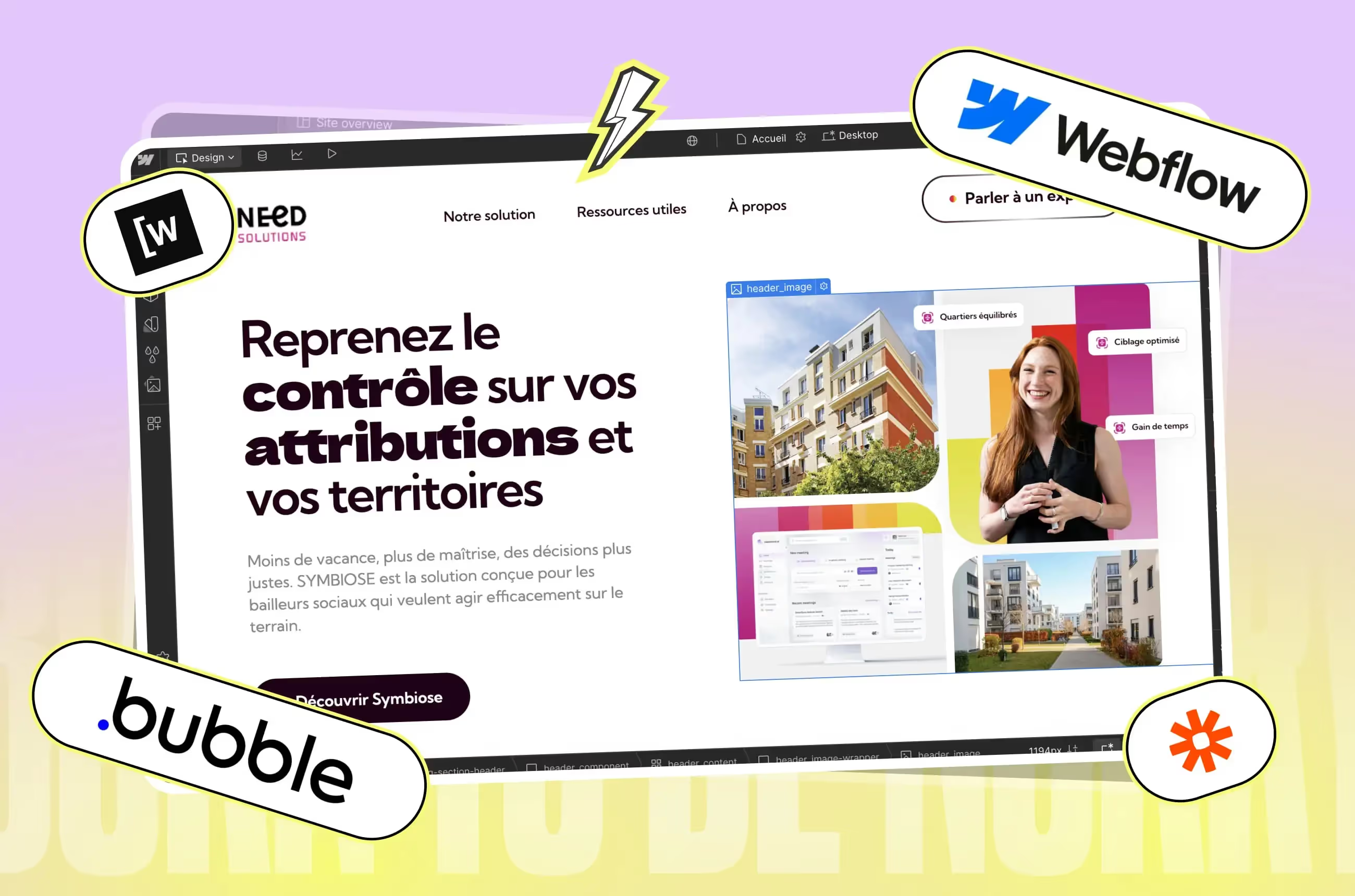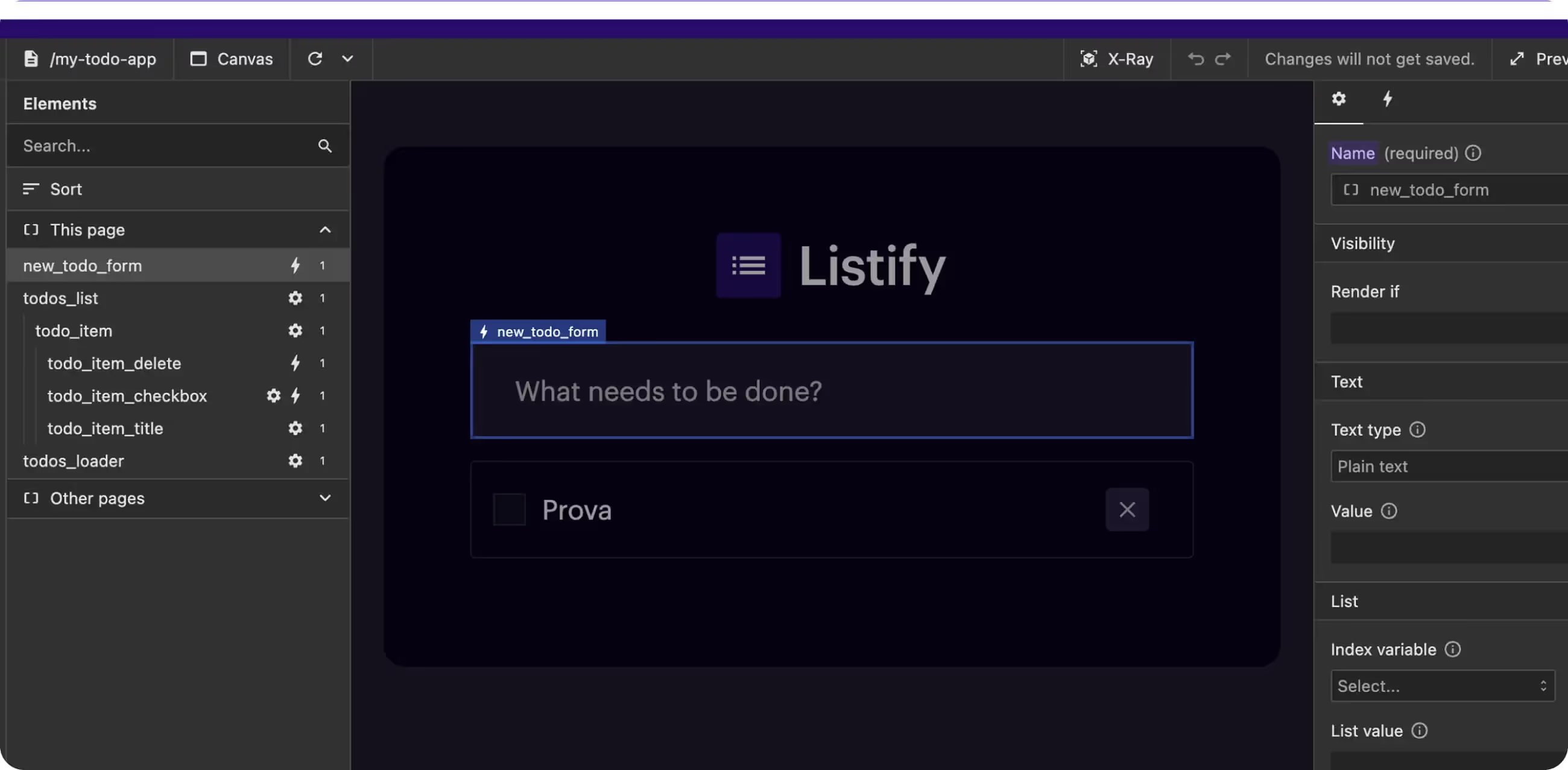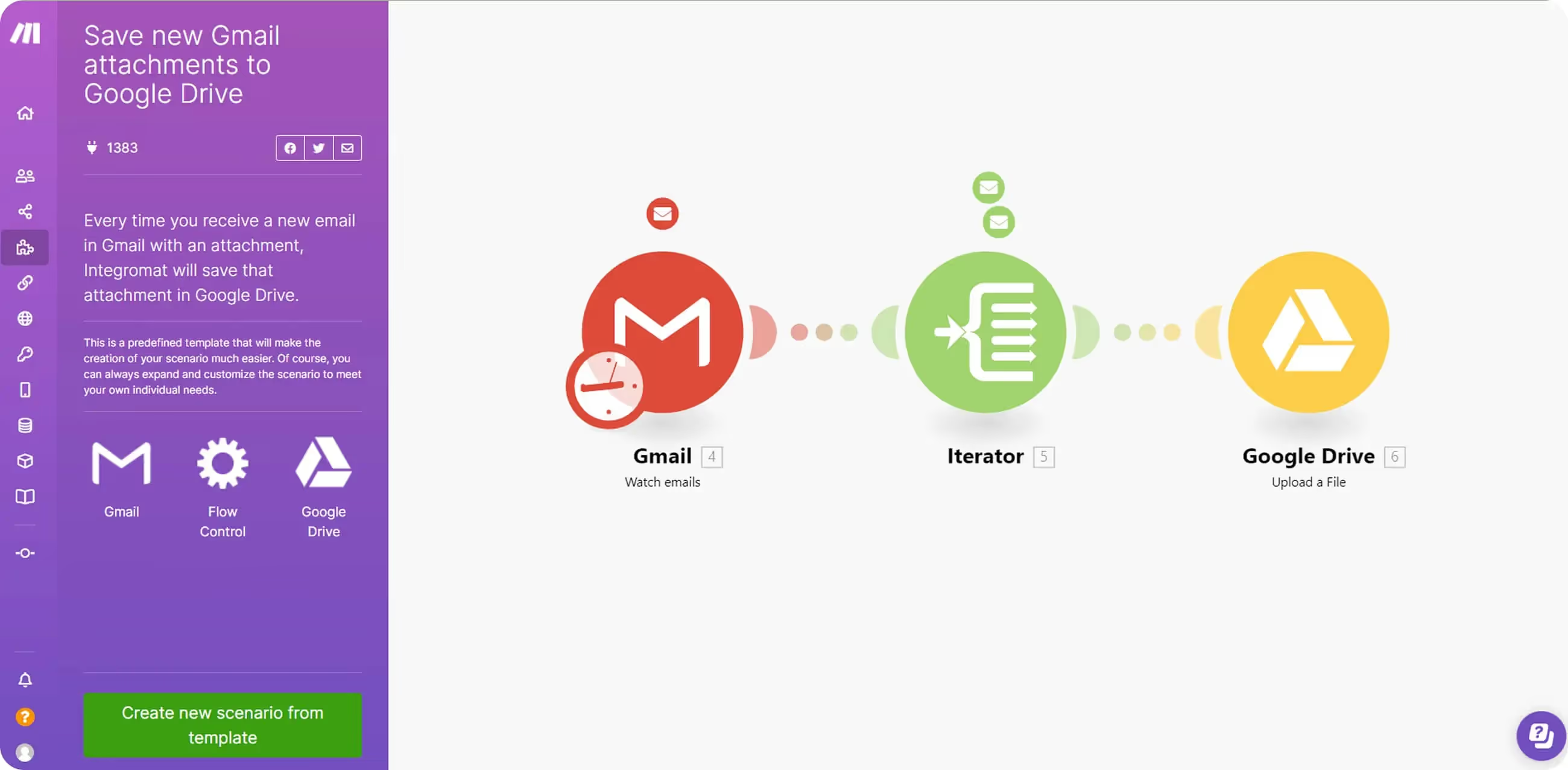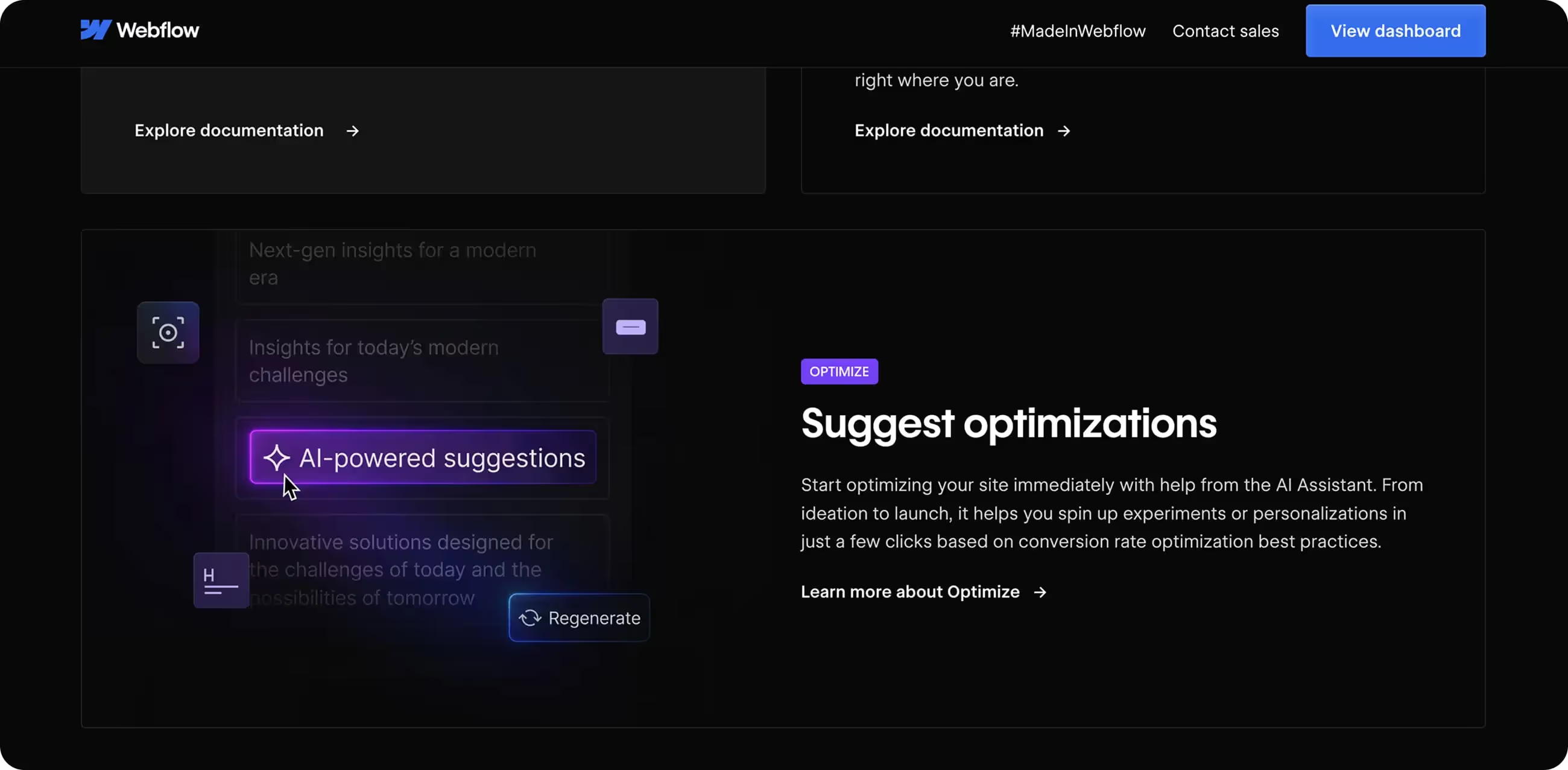No-code is in the process of revolutionize web and software development. With tools like Webflow, Bubble, Airtable, or Zapier, businesses can create sites, applications, and automate tasks without writing a single line of code.
But why is this movement growing so much? What are the concrete advantages for businesses?
1. What is no-code?
The No-code brings together a set of tools for creating digital products without traditional programming. Through interfaces visual and intuitive, it allows non-technical profiles to design sites, apps, or automate processes.
Examples of popular no-code solutions :
- Webflow → Creation of professional websites
- Bubble → Development of complete web applications
- Zapier/Make → Workflow automation
- Airtable → Advanced database management
No-code does not completely replace developers, but democratizes access to digital creation by speeding up processes.

2. Why are businesses adopting no-code?
2.1 Time savings and agility
Fast development : A project that would take several months in traditional coding can be designed in a few days with no-code tools.
Flexibility : Changes and iterations are easy without going through a complex development cycle.
2.2 Cost reduction
Less dependency on developers : Small businesses and startups can create their own tools without immediately recruiting a tech team.
Less technical maintenance : No-code platforms manage updates and hosting, reducing maintenance costs.
2.3 Accessibility for non-technical teams
Marketing, product, or HR teams can create their own tools, without depending on the IT department.
Autonomy : The company is becoming more agile, with teams that are able to quickly test new ideas.
2.4 Scalability and automation
Process automation : With tools like Zapier, repetitive tasks are automated, freeing up time for actions with higher added value.
Scalability : Numerous no-code solutions make it possible to Scaler by gradually adding more complex features.

3. What are the use cases of no-code in business?
The no-code adapts to numerous business needs. Here are a few concrete examples:
Creation of websites → Webflow allows companies to design efficient and well-referenced sites without complex development.
Application development → With Bubble, startups can create a Functional MVP in record time.
Automating tasks → Zapier or Make link different tools to avoid repetitive tasks (e.g. automatically sending an email after a purchase).
Database Management → Airtable makes it possible to create custom CRM systems without coding.

4. No-code vs low-code: what's the difference?
The No-code allows you to create without any line of code, while the Low-code offers a hybrid approach where programming concepts may be required for advanced functionalities.
When should you choose one or the other?
- No-code → Ideal for websites, landing pages, simple automations, prototypes.
- Low-code → Adapted to complex applications requiring advanced customizations.
5. The future of no-code: simple trend or sustainable revolution?
With the rise of SaaS and digital transformation, no-code is emerging as a strategic lever for businesses.
The trends to follow :
- Artificial intelligence & no-code → Tools like ChatGPT make automation even easier.
- Massive adoption in business → More and more large groups are integrating no-code to optimize their internal processes.
- Development of new platforms → The no-code ecosystem is constantly being enriched with ever more efficient solutions.

Conclusion
The no-code allows businesses to innovate faster, reduce costs and gain autonomy. This movement, far from being just a fad, is transforming the way businesses design and operate their digital tools.
Chez Norry, we support companies in the creation of successful Webflow sites and optimized thanks to no-code.


